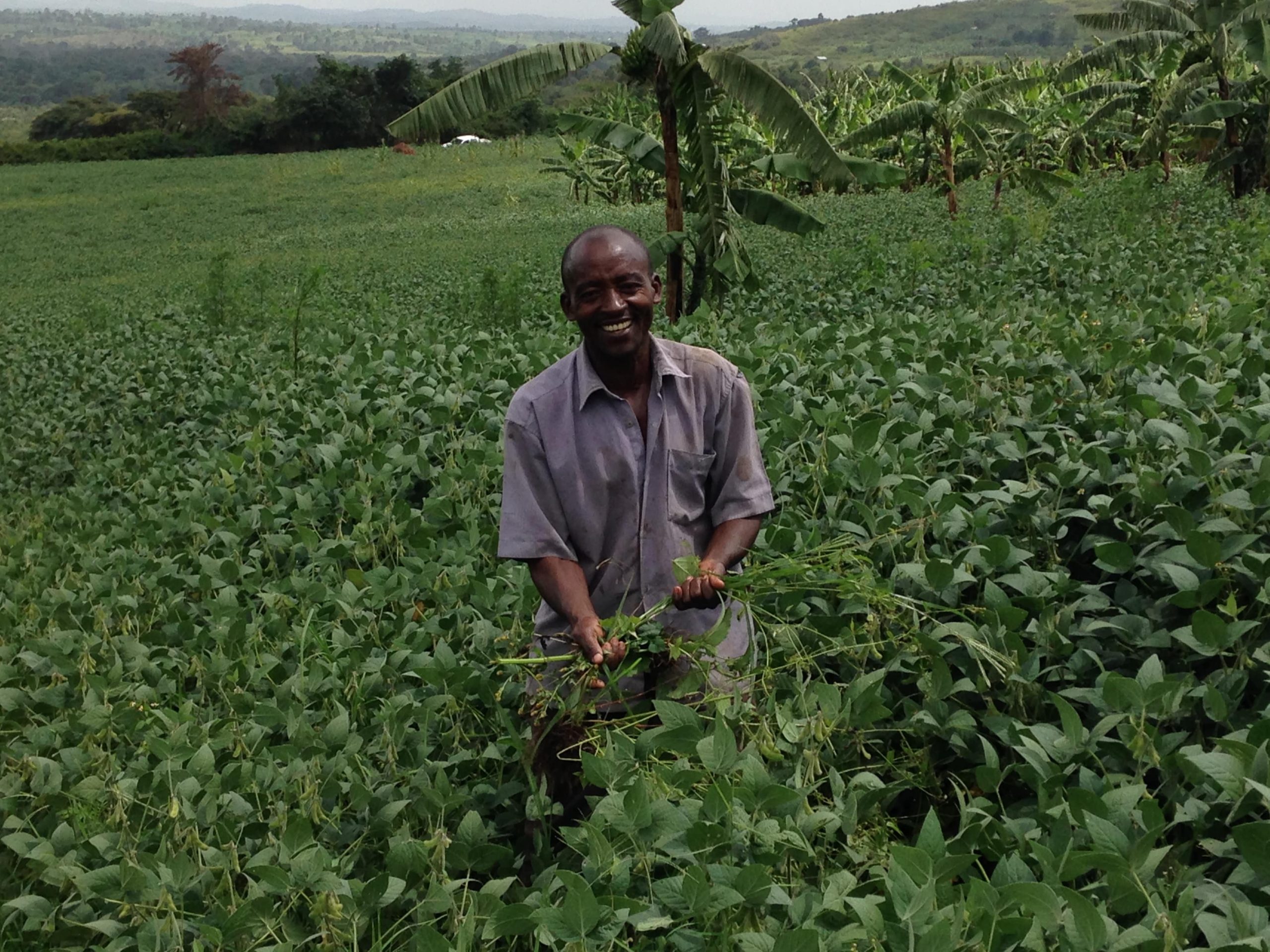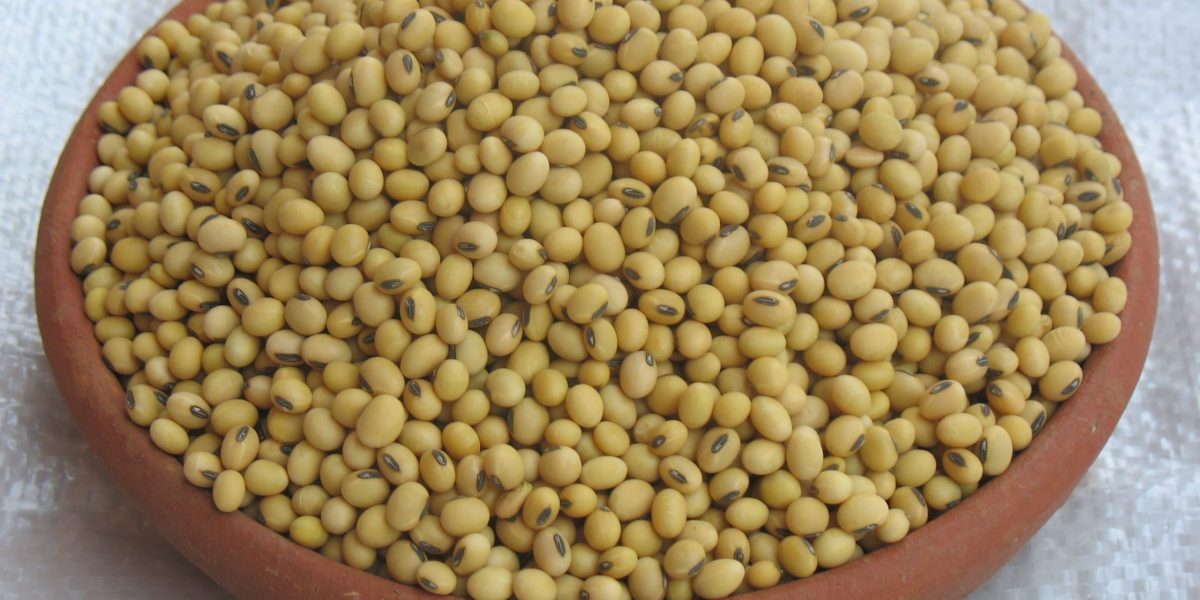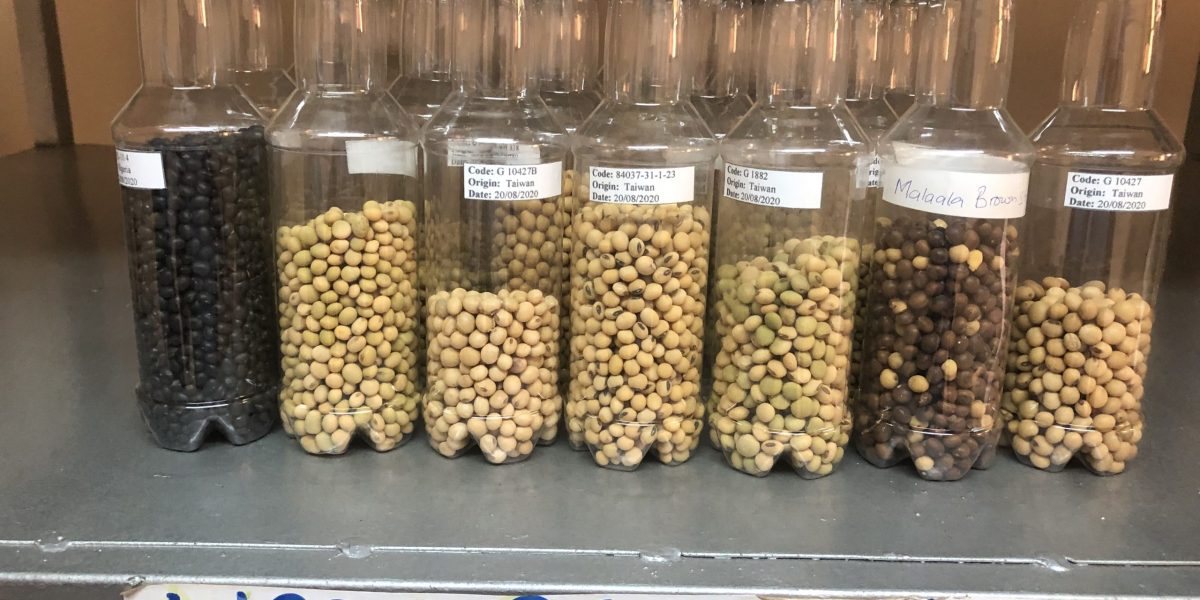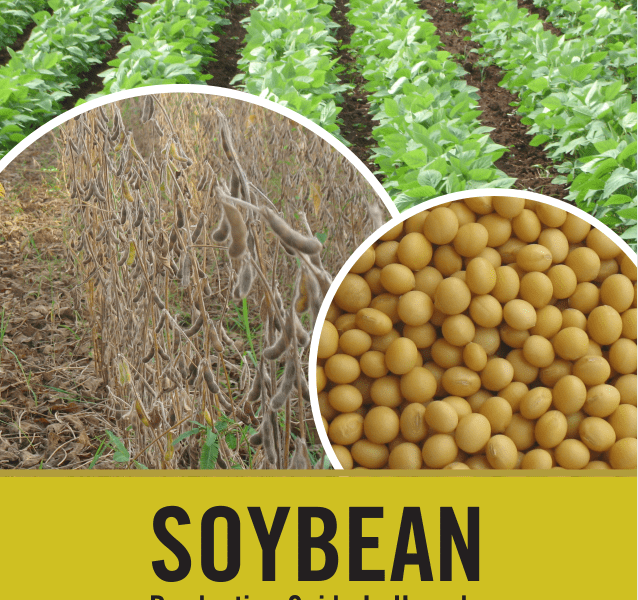Early soybean research in Uganda started in the 1930s and resulted in the release of the varieties Kabanyolo 1, Kabanyolo 2 and Congo 72. These varieties served communities in Uganda up to 1996 when Nam 1, Nam 2 and Namsoy 3 were released and commercialized. However, severe soybean rust epidemic experienced in 1996 rendered these varieties obsolete as they were all susceptible.
Soybean has been described as a, miracle crop of many uses, gold from the soil, prodigious and crop of the future.
Soybean research and development efforts in Uganda is led by Makerere University Centre for Soybean Improvement and Development (MAKCSID) in partnership with farmers, research institutes and technology verification centres in the major soybean growing areas. The major breeding objectives are to develop soybean varieties that are:
- High yielding and maturating in less than 120
days - Resistant to diseases and pest with major
focus on soybean rust disease and groundnut leaf
miners, - Resistant to lodging and pod shattering,
- Promiscuous in the formation of active nodules with
local rhizobia, - Rich in protein and oil contents
- Having high pod clearance, and
- Having general end-user acceptance in terms of seed appearance and other traits.




